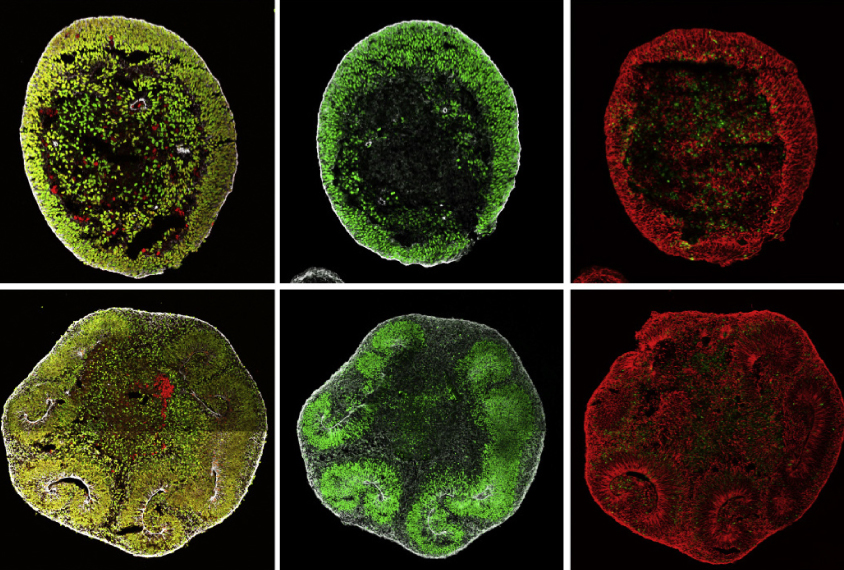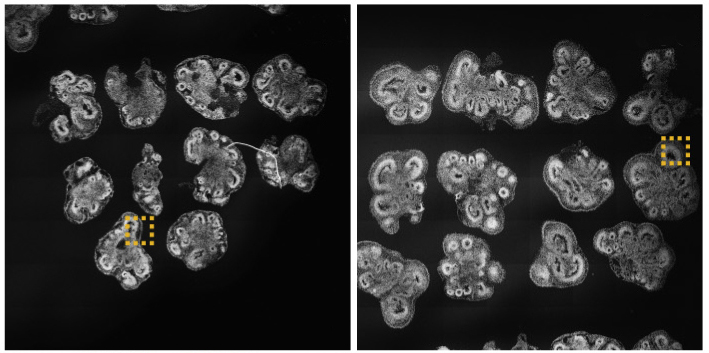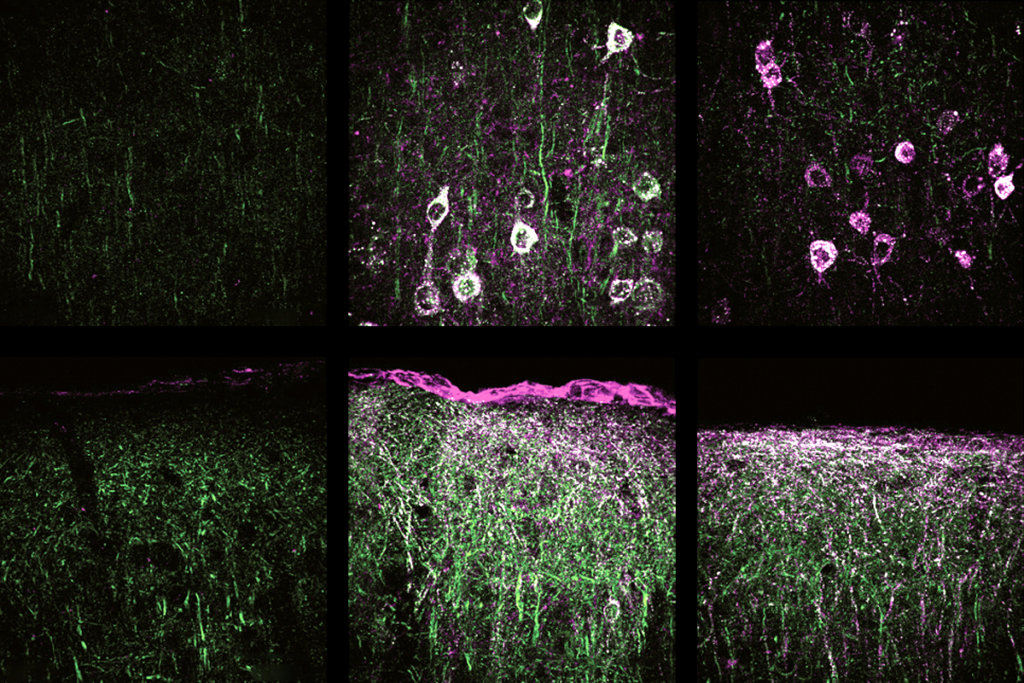
Simple recipe dishes up realistic ‘mini-brains’
A simple method for growing spheres of brain cells yields more realistic replicas of the brain than traditional techniques do.
A simple method for growing spheres of brain cells yields more realistic replicas of the brain than traditional techniques do1. The approach requires no specialized equipment and few chemical ingredients.
Scientists can use stem cells to build brain tissue in a dish, with layers of working neurons similar to those in the human brain. Using stem cells from people with a condition such as autism can help researchers to study that condition.
The so-called ‘mini-brains’ can vary in their structure and properties, however, making it difficult to replicate results. The new method yields more consistent results.
Researchers typically use one of two strategies to grow mini-brains. One relies on chemicals added to a culture at specific times to direct cells to become neurons. Another mechanically spins growing cells to help them organize into brain-like structures.
In the new work, the researchers found that cells do not need many chemicals to mature into neurons. Without those extra chemicals, the cells have more flexible fates and can form layers and structures that resemble those found in the developing brain.
In addition, the researchers found that mechanical spinning, which can damage the tissue, is unnecessary: Keeping the cells in an incubator that keeps oxygen levels high and then dividing the growing clusters in half every few weeks is enough to promote even, spherical growth.

Matching patterns:
The mini-brains grown with this method are larger and have a more consistent shape than those grown using other methods, and their layers are better defined. The researchers were able to maintain them in culture for up to 150 days. Cell recordings revealed that neurons in the mini-brains generate electrical signals and coordinate their firing.
The researchers compared gene expression in the mini-brains with that in embryonic and fetal human brain tissue. After 5 weeks of growth, the mini-brains have gene expression patters similar to those seen in brains from 6- to 10-week-old embryos. By 14 weeks, the mini-brains match expression patterns in a fetal brain at 8 to 21 weeks of gestation.
The researchers exposed 3- and 8-week-old mini-brains to the Zika virus, which leads to a small head and brain in infants. The virus stunted growth in the mini-brains, too. The researchers then identified drugs that restore normal growth in mini-brains exposed to the virus.
References:
- Watanabe M. et al. Cell Rep. 21, 517-532 PubMed
Recommended reading

Autism scientists push back on CDC’s inaccurate vaccine claims

Gene replacement therapy normalizes some traits in SYNGAP1 model mice
Explore more from The Transmitter

Neurophysiology data-sharing system faces funding cliff

